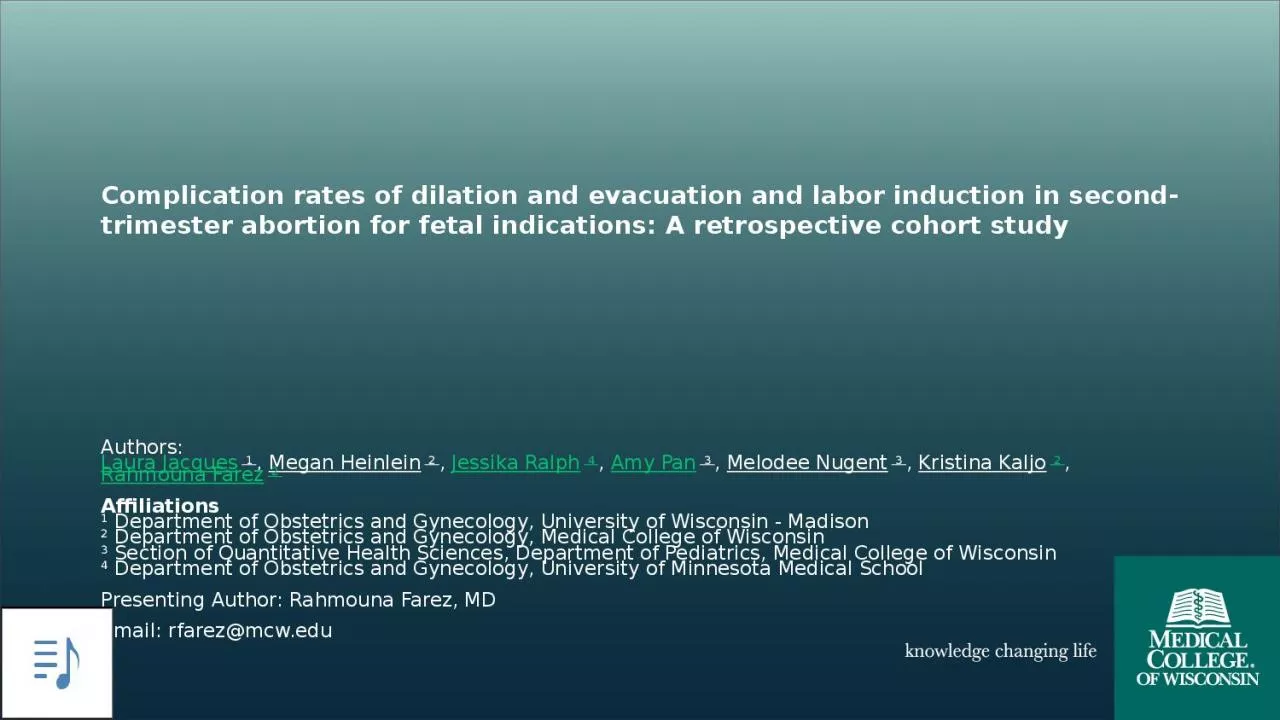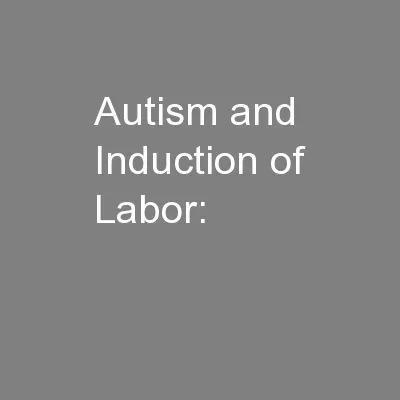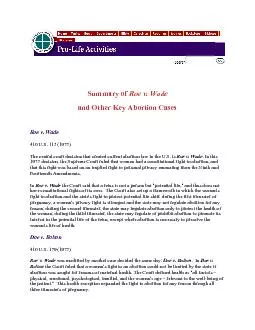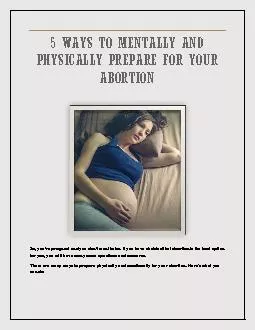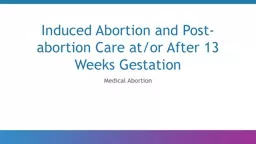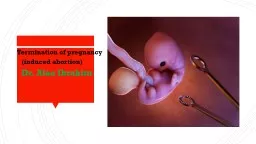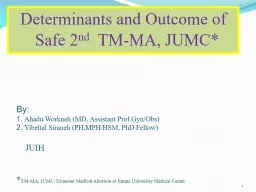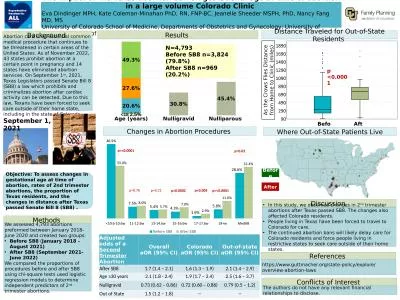PPT-Complication rates of dilation and evacuation and labor induction in second-trimester
Author : delcy | Published Date : 2022-06-11
Authors Laura Jacques 1 Megan Heinlein 2 Jessika Ralph 4 Amy Pan 3 Melodee Nugent 3 Kristina Kaljo 2 Rahmouna Farez
Presentation Embed Code
Download Presentation
Download Presentation The PPT/PDF document "Complication rates of dilation and evacu..." is the property of its rightful owner. Permission is granted to download and print the materials on this website for personal, non-commercial use only, and to display it on your personal computer provided you do not modify the materials and that you retain all copyright notices contained in the materials. By downloading content from our website, you accept the terms of this agreement.
Complication rates of dilation and evacuation and labor induction in second-trimester: Transcript
Download Rules Of Document
"Complication rates of dilation and evacuation and labor induction in second-trimester"The content belongs to its owner. You may download and print it for personal use, without modification, and keep all copyright notices. By downloading, you agree to these terms.
Related Documents

